Efficient Cabinet Install: Save Time and Money Fast
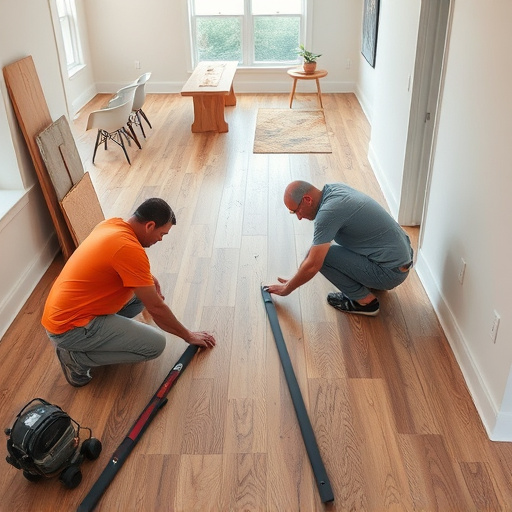
Meticulous planning, including accurate measurements and thoughtful layout, is vital for successful…….
In the realm of construction, interior design, and furniture craftsmanship, cabinet install stands as a cornerstone process, shaping the functionality and aesthetics of spaces worldwide. This intricate art involves the strategic placement and securing of cabinets, ranging from kitchen fixtures to sophisticated office fittings. The cabinet install process encompasses a meticulous blend of technical skill, design sensibility, and efficient project management.
This article aims to provide an in-depth exploration of cabinet install, covering its historical evolution, global impact, economic implications, technological innovations, regulatory frameworks, and the challenges it faces. Furthermore, we will delve into real-world case studies, predict future trends, and conclude with a concise FAQ section to address common queries. By the end, readers will grasp the multifaceted nature of cabinet install and its pivotal role in shaping built environments.
Definition: Cabinet install refers to the professional process of fitting and assembling cabinets within a designated space, ensuring they are securely fastened, functional, and visually appealing. This includes various types of cabinets, such as kitchen cabinets, bathroom vanities, office storage units, and custom-designed furniture.
Core Components:
Cabinet Selection: The first step involves choosing the right cabinet type, style, and design to suit the client’s preferences and space constraints. This decision is crucial as it dictates the overall look, feel, and functionality of the final installation.
Measurement and Layout: Precise measurements are essential to ensure the cabinets fit perfectly. Cabinet installers use advanced measurement tools to create a detailed layout plan, accounting for any potential challenges or unique features in the space.
Material Preparation: Depending on the project, materials may include wood, metal, glass, or engineered composites. Preparations involve cutting, shaping, and finishing these materials to meet the specific design requirements.
Assembly: Skilled technicians assemble the cabinets using various techniques, from traditional hand-crafting to modern automated methods. This stage demands precision and adherence to manufacturing specifications.
Installation: The actual installation process involves strategically placing the assembled cabinets within the allocated space. It requires careful manipulation, often involving specialized tools and equipment, to ensure a secure fit.
Finishing Touches: Post-installation, cabinet installers may apply finishing coats, install hardware (knobs, handles), and perform any necessary adjustments to achieve a flawless finish.
Historical Context:
The practice of cabinet making has deep roots in historical craftsmanship, dating back centuries. Traditional joinery techniques, passed down through generations, laid the foundation for modern cabinet install practices. However, it was the industrial revolution that truly transformed the industry. Mass production methods enabled standardized cabinet components, while advancements in tool design facilitated more efficient assembly and installation.
In today’s era, cabinet install has evolved into a highly specialized trade, with professionals employing advanced tools, software, and techniques to ensure precision and quality. The integration of computer-aided design (CAD) software allows for detailed planning, visualization, and customization, catering to diverse client needs.
Cabinet install transcends geographical boundaries, exerting a significant global influence and shaping the built environments of various regions. International trends reflect a blend of cultural preferences, technological adoption, and economic factors.
North America: Known for its advanced manufacturing sector, North American cabinet install practices emphasize precision craftsmanship and innovative design. The region is home to several industry leaders who drive global trends with their cutting-edge technologies and custom solutions.
Europe: European cabinets often showcase a blend of traditional craftsmanship and modern aesthetics. Countries like Germany and Italy are renowned for their high-quality, handcrafted furniture, while others have embraced smart home technology, integrating cabinets with automated features.
Asia: Rapid urbanization has fueled the demand for efficient and space-saving cabinet solutions in Asia. Countries like Japan and South Korea lead in compact, modular designs, catering to smaller living spaces. China, meanwhile, is a manufacturing hub, producing a vast array of cabinets for both domestic and international markets.
Middle East: The region’s architectural landscape often features grand, luxurious designs, leading to a demand for high-end, custom cabinetry. Sustainability and energy efficiency are also gaining traction, influencing cabinet materials and construction methods.
Sustainability: There is a growing emphasis on environmentally friendly cabinets, with trends towards the use of recycled materials, energy-efficient hardware, and sustainable finishing techniques.
Smart Homes: Integration of smart technology into cabinets is on the rise, offering features like automated lighting, touchless door opens, and voice-controlled systems.
Customization: Clients increasingly seek personalized cabinet designs that reflect their unique styles and lifestyles. Customization allows for unique layouts, materials, and finishes.
Modular Design: Modular cabinets provide flexibility and adaptability, catering to changing space requirements and preferences. This trend is particularly popular in urban settings with frequent relocations.
The cabinet install industry is a significant contributor to global economies, with various economic factors shaping its dynamics.
Demanda Driven by Housing and Construction: The primary demand for cabinet install arises from the housing and construction sectors. Economic booms often lead to increased new home builds and renovations, fueling cabinet manufacturing and installation businesses.
Regional Disparities: Economic disparities across regions influence market sizes and growth rates. Urban centers typically exhibit higher demand due to dense populations and a culture of home improvement, while rural areas may have more specialized needs.
Global Trade: International trade plays a pivotal role, with countries importing and exporting cabinet components and finished products. China, for instance, is a major exporter, while North American and European manufacturers supply high-end products globally.
Construction Sector Investment: The construction industry significantly influences cabinet install investment trends. Commercial and residential building projects allocate substantial budgets for cabinetry, driving the demand for skilled installers and quality materials.
Homeowner Spending: Homeowners’ discretionary spending on home improvements also contributes to economic growth in the cabinet install sector. This includes kitchen and bathroom renovations, which are known for their significant financial outlay on cabinetry.
Government Initiatives: Governments play a role in stimulating the industry through infrastructure projects and incentives for energy-efficient construction, both of which can drive cabinet install demand.
Employment Generation: Cabinet install businesses contribute to employment opportunities, from skilled technicians to sales associates and administrative staff. The industry’s growth directly impacts local economies and unemployment rates.
Supply Chain Dynamics: Local and global supply chains are integral to the cabinet install industry. Efficient supply chain management ensures a steady availability of materials, while disruptions can impact project timelines and costs.
Economic Growth: The sector contributes to gross domestic product (GDP) through production, sales, and associated services. It also fosters related industries, such as hardware stores, furniture retailers, and design firms.
Technology has been a catalyst for innovation in cabinet install, enhancing productivity, precision, and customer experiences.
CAD Software: Computer-aided design software allows installers and designers to create detailed 2D and 3D models of cabinets, enabling visualization, simulation, and customization. This technology streamlines the design process and improves communication between clients and professionals.
Virtual Reality (VR): VR technology offers immersive cabinet design experiences, allowing clients to virtually “walk through” their spaces and visualize different cabinetry options. It enhances decision-making and ensures client satisfaction.
CNC Machining: Computer numerical control (CNC) machining provides precise cutting and shaping of cabinet components, reducing manual labor and improving consistency in production.
Robotic Assembly: Robotic arms are increasingly used for assembly tasks, offering speed and accuracy. They can handle repetitive tasks, allowing human workers to focus on more complex operations.
IoT Devices: Internet of Things (IoT) devices enable cabinets to become connected, with features like automated lighting controls, integrated speakers, and touchless door sensors. This technology enhances convenience and security.
Voice Assistants: Voice-controlled assistants can be integrated into cabinets, allowing users to control various functions, from opening drawers to playing music, through simple voice commands.
Cloud-Based Platforms: Cloud-based project management tools facilitate efficient collaboration among cabinet designers, installers, and clients. These platforms enable real-time updates, document sharing, and streamlined communication.
Mobile Apps: Mobile applications provide clients with easy access to project details, design options, and progress updates. They can also offer interactive features, such as virtual room visualizers, for a more engaging experience.
The cabinet install industry operates within a framework of policies and regulations that vary by region, ensuring quality, safety, and ethical practices.
Professional Credentials: Many countries require cabinet installers to obtain licenses or certifications to practice. These credentials ensure that professionals meet specific training and competency standards.
Trade Associations: Trade organizations play a vital role in advocating for industry interests and setting standards. They provide resources, training programs, and networking opportunities for members.
Local Regulations: Local building codes dictate the installation of cabinets, especially in structural aspects like load-bearing requirements and fire safety. Compliance is essential to obtain permits for construction or renovation projects.
Safety Protocols: Industry regulations prioritize worker safety during cabinet install. These include guidelines for handling hazardous materials, using personal protective equipment (PPE), and ensuring proper ergonomics to prevent workplace injuries.
Waste Management: Strict environmental policies govern the disposal of cabinet manufacturing waste, especially in regions with stringent eco-friendly regulations. Proper waste segregation and recycling practices are mandatory.
Sustainable Materials: Some jurisdictions encourage the use of sustainable materials through incentives or requirements, promoting responsible sourcing and environmentally friendly production methods.
Despite its success, the cabinet install industry faces several challenges and criticisms that require strategic solutions.
Labor Shortages: Skilled cabinet installers are in high demand, leading to labor shortages in many regions. This issue is exacerbated by the time-intensive nature of the trade, which may deter potential apprentices.
Material Sourcing and Cost Fluctuations: Volatile global markets can impact material costs, affecting project budgets. Sourcing sustainable and locally available materials can help mitigate price swings.
Technological Adoption: While technology offers numerous benefits, some traditional installers may resist adopting new tools and methods. Encouraging training and demonstrating the value of technology can facilitate smoother transitions.
Customer Expectations: Meeting evolving customer expectations, especially in terms of customization and smart home integration, requires constant innovation and adaptation.
Training and Education: Investing in training programs to attract and retain skilled labor is crucial. Apprenticeship schemes and industry partnerships with educational institutions can ensure a steady pipeline of talent.
Sustainable Sourcing Networks: Establishing robust networks for sustainable material sourcing can help installers secure reliable, eco-friendly options at competitive prices.
Technological Support: Providing technical training and support for new technologies ensures that professionals are equipped to offer cutting-edge solutions. Industry associations can play a pivotal role in this regard.
Customer Engagement and Education: Educating clients about the benefits of modern cabinet install practices, including customization options and smart home features, can enhance satisfaction and foster long-term relationships.
Project Overview: A leading tech company collaborated with cabinet installers to design and install smart cabinetry for their urban loft offices. The goal was to create a seamless blend of technology and aesthetics, offering employees a modern workspace experience.
Challenges: Integrating advanced IoT devices into cabinets while ensuring aesthetic appeal and functionality presented unique challenges. Additionally, the project required coordination among multiple tech providers and cabinet manufacturers.
Solutions: The team employed custom-designed cabinets with hidden compartments for tech hardware. Voice-controlled lighting and climate control systems were seamlessly integrated, enhancing employee satisfaction and productivity. Regular training sessions ensured technicians could troubleshoot any technical issues that arose.
Outcome: The smart cabinetry system received accolades for its innovative design and user-friendly functionality. It became a signature feature of the company’s offices, attracting media attention and industry recognition.
Project Context: A sustainable construction firm sought to create a showroom showcasing eco-friendly building practices. They commissioned custom cabinetry designed to meet strict environmental standards.
Approach: The cabinet installers collaborated closely with architects and engineers to ensure the cabinets aligned with the building’s overall design and energy efficiency goals. Recycled materials, low-VOC finishes, and efficient lighting were integral to the project.
Outcomes: The resulting showroom garnered numerous sustainability awards, highlighting the potential for cabinet install to drive green building initiatives. The project demonstrated that eco-friendly practices can enhance aesthetics and functionality without compromising quality.
Scenario: A high-end interior design firm required custom cabinetry for a series of luxury homes with unique architectural features. Each home presented distinct challenges, from curved walls to intricate floor plans.
Strategy: The cabinet installers employed advanced CNC machining to create precise, custom components. They collaborated closely with architects and designers, utilizing 3D modeling software to ensure flawless integration.
Impact: The customized cabinets became a signature element in the firm’s portfolio, attracting high-end clients seeking one-of-a-kind design solutions. This case study exemplifies how cabinet install can cater to the most demanding and distinctive spaces.
The cabinet install industry stands at the crossroads of innovation and sustainability, with several emerging trends shaping its future.
Smart Homes and IoT: The integration of smart technology into cabinets is expected to grow exponentially, offering increasingly automated and connected living spaces.
Sustainable Practices: As environmental concerns persist, sustainable materials, energy-efficient designs, and eco-friendly production methods will remain in focus, driven by both regulatory pressures and consumer demand.
Modular and Compact Design: Urbanization and space constraints will continue to drive the popularity of modular cabinets, catering to smaller living areas while providing maximum functionality.
Advanced Automation: Further automation in manufacturing and assembly lines will improve efficiency and reduce costs, allowing for more complex designs at competitive prices.
AI and Machine Learning: Artificial intelligence can enhance design processes by predicting trends, optimizing layouts, and automating certain design tasks, improving overall productivity.
Digital Twin Technology: Creating digital replicas of physical spaces will enable cabinet designers to offer more immersive experiences and precise custom designs.
Collaborative Design Platforms: Cloud-based collaborative platforms will facilitate real-time communication between clients, designers, and installers, streamlining project workflows.
Cabinet install is a dynamic industry that has evolved significantly over the years, driven by technology, changing consumer preferences, and economic factors. As the sector looks to the future, addressing challenges related to labor, materials, and technological adoption will be crucial for sustained growth. The case studies presented illustrate how innovative practices and customization can set new standards in cabinet install, while also highlighting the industry’s potential to contribute to sustainable construction and smart home development.

Meticulous planning, including accurate measurements and thoughtful layout, is vital for successful…….
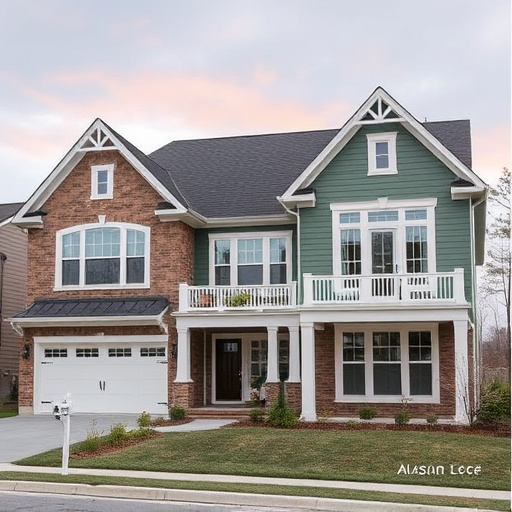
Cabinet install services revolutionize home transformations by maximizing space in kitchens and bath…….
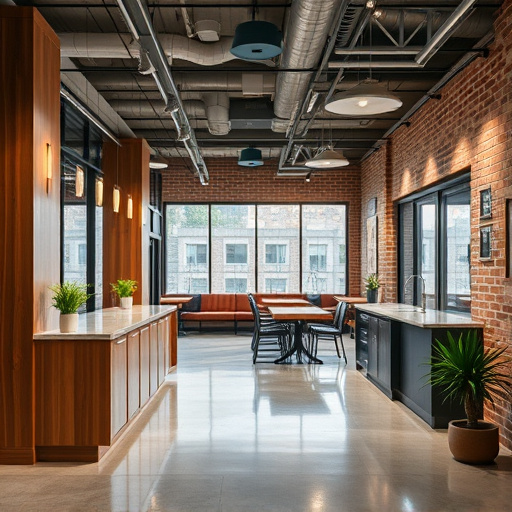
A strategic cabinet install revolutionizes living spaces with enhanced storage efficiency, boosting…….
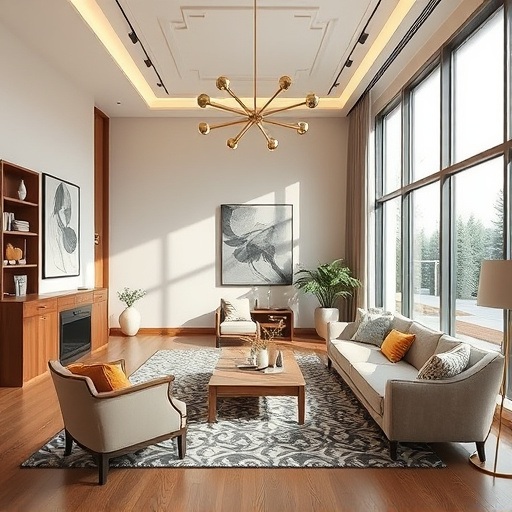
Before installing custom cabinets, assess closet space, measure dimensions, consider door/window pla…….
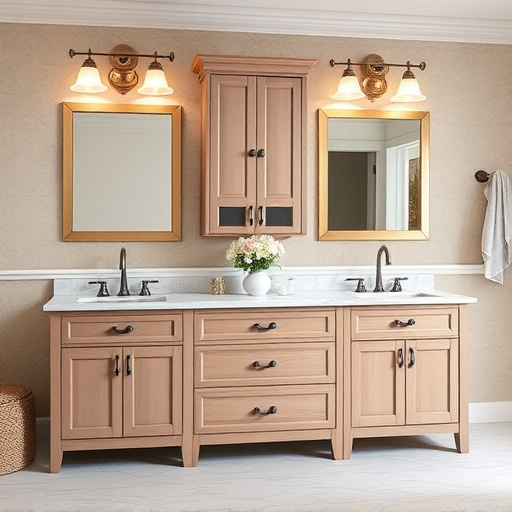
A cabinet install strategically boosts home functionality and value by optimizing storage space, enh…….
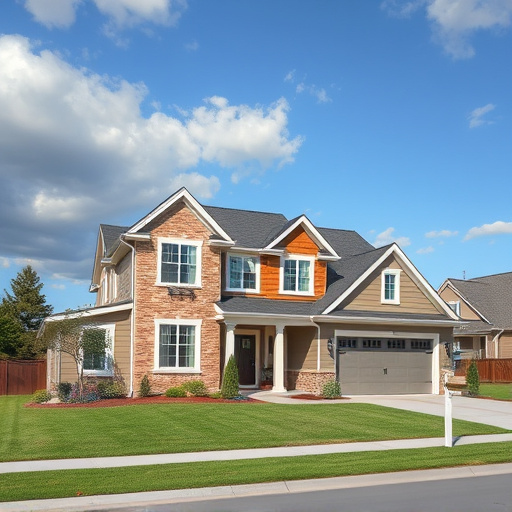
Seamless cabinet install in new construction homes demands meticulous planning and execution, aligni…….
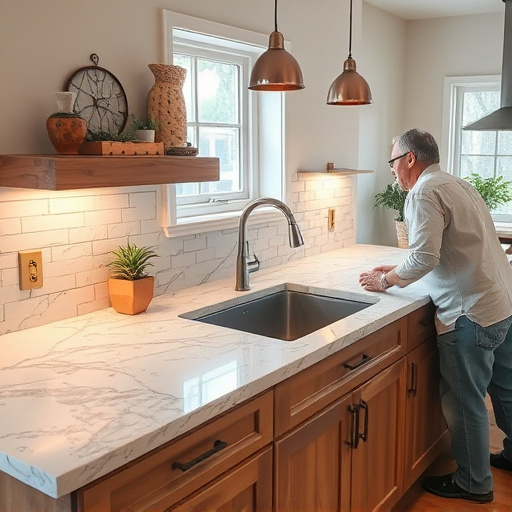
Identifying reliable cabinet install professionals through recommendations and online reviews is cru…….
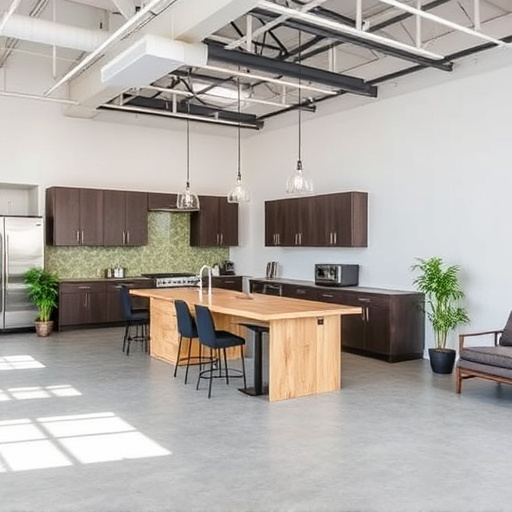
Open concept layouts demand strategic cabinet placement for seamless flow and visual harmony. Custom…….
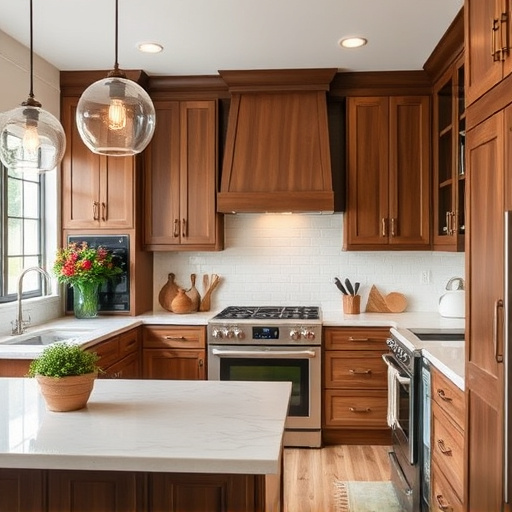
Cabinet install services transform spaces by offering customized storage solutions for homes and off…….
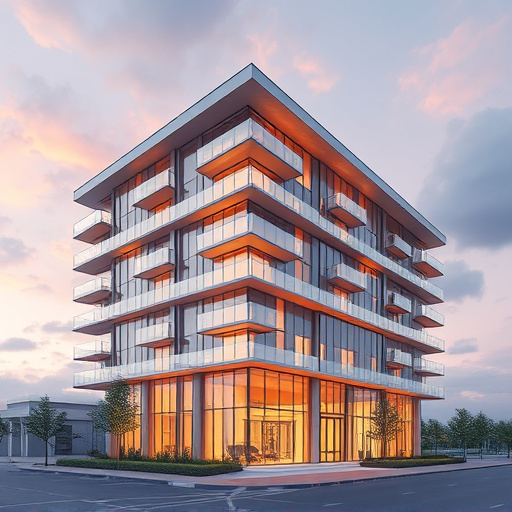
Modern homes with limited space prioritize custom cabinet install for maximizing functionality and a…….